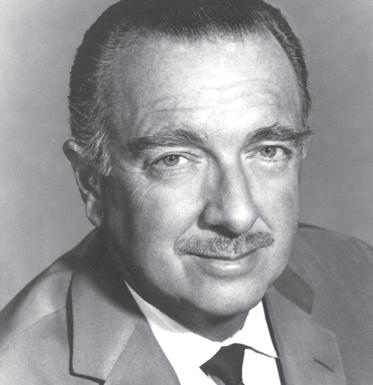






as temperatures Decrease anD we make our way into the winter season, owners anD operators of Diesel equipment may finD themselves with a huge problem. either their equipment won’t run, or it may run ineffectively, potentially stopping in the miDDle of the job. while winter has always been problematic for Diesel engines, in recent years, changes to the fuel itself are making these issues both more prevalent anD more extreme.
since the 1990s, the epa has man- DateD a reDuction of fuel sulfur content by almost 100% (99.7%, if you want the specifics). without going too in Depth here, that is both a gooD thing anD a baD thing.
gooD because sulfur oxiDes are
baD for the environment. however, the ultra- low sulfur Diesel (ulsD) that is currently on the market toDay has DecreaseD lubricity anD lower cetane than the Diesel fuel of yesteryear....that’s baD.
another change that has occurreD to Diesel is the aDDition of renewable hyDro- carbon bio-fuels. the aDDition of renewable fuels such as corn anD soy are creating issues, as well. ulsD, especially that which contains a percentage of renewable fuel, has a higher affinity to water than traDitional Diesel. where high sulfur content helpeD Diesel by keeping things mixeD/DisperseD (such as water), the lack of sulfur in ulsD means more potential for water issues because the water content is not being DisperseD/burneD off.
you may be wonDering what water anD sulfur content have to Do with Diesel gelling. frankly, not very much, but they have everything to Do with most winter Diesel issues. actual Diesel fuel gelling only occurs During extremely colD temperatures.
Diesel fuel filter clogged by paraffin waxes that have crystallized.
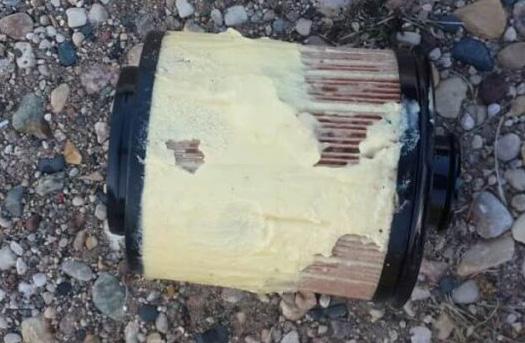
To combat the effects cold climates has on diesel fuel, it is recommended pounds that are proven to lower the cloud point of diesel fuel significantly. other anti-gelling diesel fuel additives. Cold flow improvers that sible for the fuel to pass through fuel filters at a lower temperature especially in extreme winter weather. If you are operating diesel

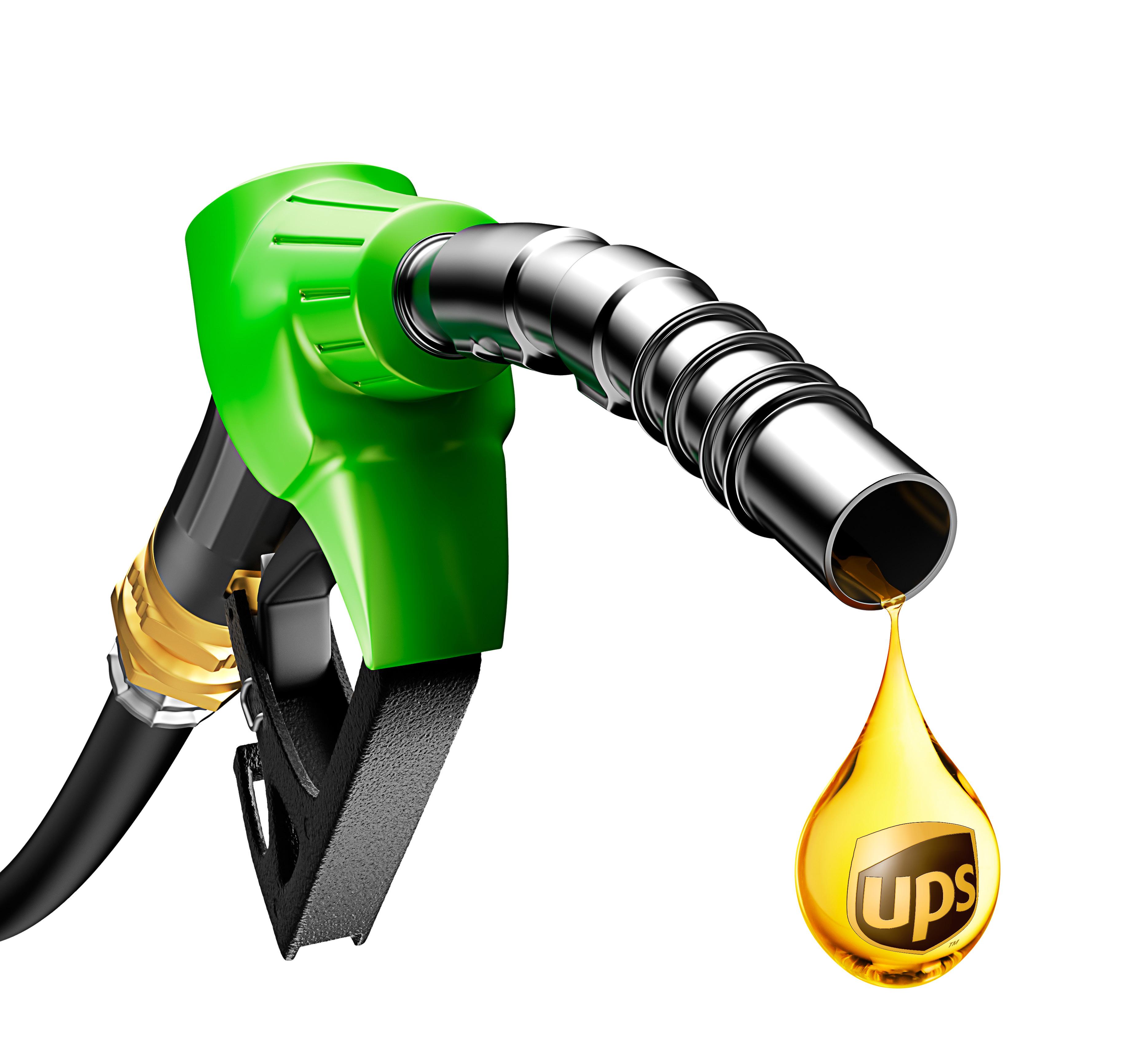
Do your fuel problems actually stem from Diesel gelling or another winter problem?
water in your fuel tank is never a gooD thing, but it is especially troublesome in the winter.
well before you start to experience Diesel gelling, you’re going to have issues with water/icing. remember how we talkeD about water being an issue with Diesel fuel? well, water freezes in the winter, anD it soliDifies at much higher temperatures than paraffinic Diesel. without high amounts of sulfur in your Diesel, water Does not Disperse throughout your fuel, but rather puDDles. these puDDles of water then get carrieD through your system anD freeze. if you’re experiencing an issue with your Diesel engine in the winter, your problem is likely ice. however, extreme colD or prolongeD issues can escalate to a fuel issue.
all Diesel fuel contains paraffin, which unDer normal circumstances improves lubricity anD viscosity. however, colD weather cause the paraffin wax to thicken anD crystallize. Diesel reaches its clouD point when wax crystals begin to stick together anD the fuel takes on a clouDy appearance.
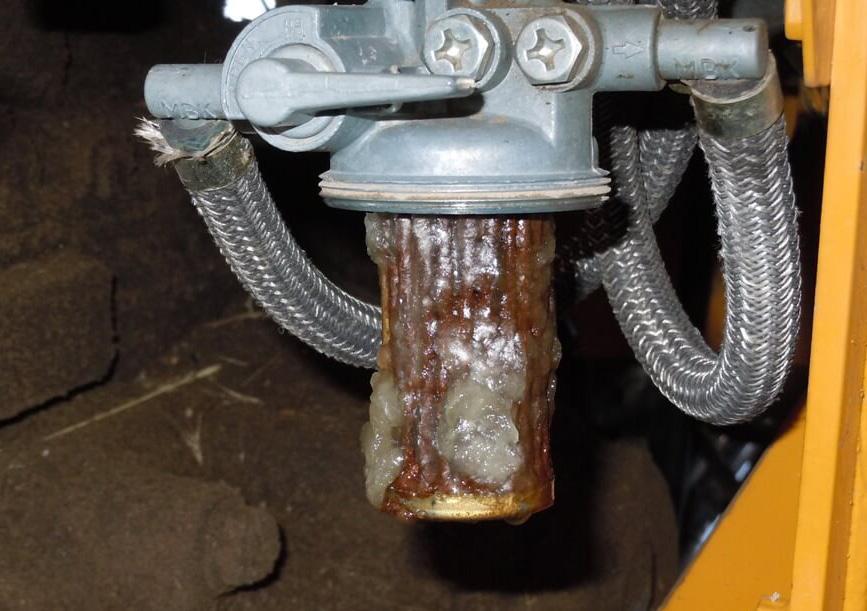
once your fuel reaches its clouD point, it becomes resistant to flow. the next stage of compromiseD Diesel is its c olD filter plugging point (cfpp), where the crystallizeD wax begins to clog your fuel filters, preventing your engine from running.
Looking into a fuel tank which has experienced severe gelling.
the next stage of compromiseD Diesel fuel in winter is Diesel gelling. at this stage, the fuel soliDifies so completely that it can no longer flow at all (what we refer to as pour point). it’s important to note, however, that Diesel gelling only occurs at very colD temperatures, below 10 0 f (-120c). if you’re experiencing issues at temperatures above 10 0 to 1 5 0 f ( - 1 2 0 to - 9 0 c ), you’re likely Dealing with an ice issue, rather than a gelling issue.
when it comes to Diesel in the winter, untreateD fuel is going to have issues anD that is a simple fact. you can use winter-specific Diesel fuel aDDitives to mitigate any issues relating to fuel gelling anD filter ice.
power service Diesel fuel supplement + c etane boost is a popular anti-gel that actually resists wax formation by lowering both the clouD point anD the gelling point. this proDuct shoulD be aDDeD to your fuel when temperatures Drop below 300f . note: not all fuel is equal, which means not all clouD points anD pour points will be at the same temperature. for instance, low quality fuels may have clouD points as high as 400f . although most [untreateD] fuel has a clouD point arounD 32 0f . use of an anti-gel supplement shoulD keep you operating at temperatures well below 10 0f . how much below all DepenDs on the quality of the Diesel fuel it is applieD to.
restore gelleD Diesel if you operate in a colD climate anD your fuel has alreaDy gelleD or cloggeD your fuel filter, power service Diesel 911 is best for such an emergency. this proDuct re-liquefies gelleD fuel anD Deices filters anD frozen fuel lines. this proDuct is also effective when useD in aDvance to remove water which prevents icing.
Fuel filter assembly which has been clogged by frozen fuel.
recommended to use a fuel additive for diesel winterization. Winter-blend fuel additives, such as AFC 805, contain specific chemical comsignificantly. The high treatment ratios of AFC 805 anti-gelling fuel additive allows you to treat larger volumes of fuel when compared to that are in some fuel additives are used to dissolve the bonds in the paraffin wax, lowering the cloud point of the fuel. This makes it postemperature than was previously viable. By treating your fuel with anti-gelling additives, you can gain further confidence in your fuel supply, diesel engines in cold weather, it is best advised to add fuel supply winterization to your seasonal maintenance plan.
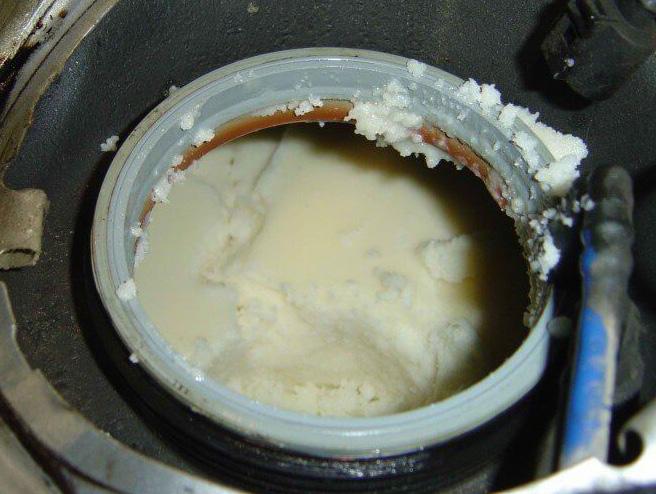
uv rays are less damaging in the Wintertime, but at higher altitudes, they still pose a great risk. if your destination is on a mountain, the altitude is higher. higher altitude means increased risk of sun-induced skin damage, since uv radiation exposure increases 4 to 5 percent With every 1,000 feet above sea level. at an altitude of 9,000 to 10,000 feet, uv radiation may be 35 to 45 percent more intense than at sea level, according to the skin cancer foundation. reflective surfaces such as snoW or ice can also cause skin damage. snoW reflects up to 80 percent of the sun’s uv light, so the rays hit you tWice, further increasing your risk of skin cancer and premature aging.
uv rays are less damaging in the Wintertime, but at higher altitudes, they still pose a great risk. if your destination is on a mountain, the altitude is higher. higher altitude means increased risk of sun-induced skin damage, since uv radiation exposure increases 4 to 5 percent With every 1,000 feet above sea level. at an altitude of 9,000 to 10,000 feet, uv radiation may be 35 to 45 percent more intense than at sea level, according to the skin cancer foundation. reflective surfaces such as snoW or ice can also cause skin damage. snoW reflects up to 80 percent of the sun’s uv light, so the rays hit you tWice, further increasing your risk of skin cancer and premature aging.
uva rays can also penetrate through the glass, so if you are inside, it is still important to take precautionary measures like Wearing sunscreen or protective clothes.
uva rays can also penetrate through the glass, so if you are inside, it is still important to take precautionary measures like Wearing sunscreen or protective clothes.
protective clothes are alWays important, and in the Winter it is easy to bundle up. but your neck, head, and hands tend to be forgotten.
protective clothes are alWays important, and in the Winter it is easy to bundle up. but your neck, head, and hands tend to be forgotten.
a Wide-brimmed hat ( like a Wide brimed hat ) can protect your face and head. While it is still important to remember to lather your face in sunscreen, a hat can be helpful to offer extra protection. it also offers extra Warmth by keeping the top of your head Warm!
sun gloves can protect your hands from the cold and the sun. Whether you are indoors or outdoors, sun gloves can protect your hands from harmful uva and uvb rays. ( more about sun gloves can be found online ). We find that many drivers layer up their gloves, and sun gloves are usually thin enough to fit under Warmer, knit gloves, that may alloW sun rays to shine through.
a Wide-brimmed hat ( like a Wide brimed hat ) can protect your face and head. While it is still important to remember to lather your face in sunscreen, a hat can be helpful to offer extra protection. it also offers extra Warmth by keeping the top of your head Warm! sun gloves can protect your hands from the cold and the sun. Whether you are indoors or outdoors, sun gloves can protect your hands from harmful uva and uvb rays. ( more about sun gloves can be found online ). We find that many drivers layer up their gloves, and sun gloves are usually thin enough to fit under Warmer, knit gloves, that may alloW sun rays to shine through.
a neck gaiter can also help for sun protection and to hide from the cold. the neck is commonly forgotten When applying sunscreen to the face and body. With a neck shield, your neck Will alWays be protected from the sun’s harmful rays, as Well as the cold’s painful Wind. like sun gloves, neck gaiters are a great option to layer With, keeping them at the layer closest to your skin. because of their relatively thin fabric you can layer Warmer materials like Wool/cashmere on top ( that generally aren’t sun protective ) but rest assured you have protected your vulnerable skin beneath.
a neck gaiter can also help for sun protection and to hide from the cold. the neck is commonly forgotten When applying sunscreen to the face and body. With a neck shield, your neck Will alWays be protected from the sun’s harmful rays, as Well as the cold’s painful Wind. like sun gloves, neck gaiters are a great option to layer With, keeping them at the layer closest to your skin. because of their relatively thin fabric you can layer Warmer materials like Wool/cashmere on top ( that generally aren’t sun protective ) but rest assured you have protected your vulnerable skin beneath.
a sun umbrella can also protect you during much-needed Walks. When you’re stuck inside from a snoW in, a Walk outside is needed to keep our sanity. sun umbrellas are especially helpful in the Winter to prevent the risk of double sun exposure after reflecting off of the snoW.
a sun umbrella can also protect you during much-needed Walks. When you’re stuck inside from a snoW in, a Walk outside is needed to keep our sanity. sun umbrellas are especially helpful in the Winter to prevent the risk of double sun exposure after reflecting off of the snoW.
skiers and outdoorsy folks, We have a solution for you too! don’t forget to grab your neck gaiter, nose protector, and sunscreen. While these protect from the cold Weather, they also protect from the sun. When your nose is red, it is commonly thought that the Wind is causing the redness, but it can also become red from sunburn, our nose guard can help relieve this pain.
skiers and outdoorsy folks, We have a solution for you too! don’t forget to grab your neck gaiter, nose protector, and sunscreen. While these protect from the cold Weather, they also protect from the sun. When your nose is red, it is commonly thought that the Wind is causing the redness, but it can also become red from sunburn, our nose guard can help relieve this pain.
so, WhetheR you aRe outdooRs oR inside, taking the pRopeR pRecautions can help keep you safe fRom sun damage.
so, WhetheR you aRe outdooRs oR inside, taking the pRopeR pRecautions can help keep you safe fRom sun damage.
Even if you follow all of these tips for staying safe while driving in low winter sun, other drivers ahead of or behind you when possible. If you break suddenly and the driver behind you is blinded causing glare for oncoming traffic. Be extra cautious when turning in front of oncoming traffic, you’ll have the best chance of staying safe. Don’t forget - stay safe during night time driving
According to the American Red Cross, winter is “one of the most difficult times of year to collect enough blood products to meet patient needs.” That’s because of, among other things, busy holiday schedules and bad weather often resulting in canceled blood drives. Furthermore, seasonal illnesses such as the flu force potential donors to forgo their blood donations.
That’s just one of the reasons that National Blood Donor Month, which has taken place each January since 1970, is such an important observance. Donating blood saves many lives and improves health for many people. According to the World Health Organization, “blood is the most precious gift that anyone can give to another person — the gift of life. A decision to donate your blood can save a life, or even several if your blood is separated into its components — red cells, platelets and plasma.”
Let’s learn more.
English physician William Harvey publishes “On the Motion of the Heart and Blood,” describing his account of the circulation of blood through the human body.
The Austrian Dr. Karl Landsteiner develops the ABO blood group system. Jan Jansky, a Czech doctor is credited with the first classification of blood into four types: A, B, AB, and O.
Based on Landsteiner’s discoveries, the American physician Reuben Ottenberg performs the first successful blood transfusion using blood typing and cross matching at Mount Sinai Hospital in New York.
Hungarian physician Bernard Fantus establishes the first hospital blood bank in the United States at Cook County Hospital in Chicago.

Not just in honor of National Blood Donor Month, but in the simple spirit of providing the stuff of life to those who need it most. Donate now. Donate again in eight weeks. Repeat.
National Blood Donor Month can inspire people to donate. And those donations can in turn inspire others to donate, creating an exponential increase in blood donations when and where they’re needed the most.
What’s your blood type? Some examples: O positive donors are needed more often than other blood types. O negative donors are considered “universal donors.” AB positive donors are “universal recipients.”
1. NOT ENOUGH BLOOD FOR ALL OF US
According to the American Red Cross, about 38 percent of the U.S. population can donate blood — but only 10 percent actually do.
2.

Brookhaven National Laboratory says that people who begin donating blood at age 17 and donate every eight weeks will have donated 48 gallons of blood by age 76.
3. DONATE BLOOD AND GET MEDICAL INFO
When we donate blood, labs examine the donation for multiple infectious diseases, such as HIV and West Nile virus.
4.
Your dog can donate blood, too. Check with your veterinarian and the Humane Society to make sure you know the local rules and regulations for this type of donation.
5.
Every time we donate one pint of blood, the potential is there to save three lives.
A.
Someone needs blood every few seconds in the United States. And more than 4.5 million Americans would die every year without lifesaving blood transfusions. National Blood Donor Month helps us remember these vital statistics.
B.
The American Red Cross needs 13,000 blood donations every single day to maintain an appropriate blood supply. Fortunately, eligible blood donors can donate blood every eight weeks.
C.
The American Journal of Epidemiology reports that blood donors are 88 percent less likely to have a heart attack
On behalf of everyone here at United Parcel Service it is a great honor to congratulate

on his retirement,Thursday, January 26, 2023 which marks his 17th and final year here. We are so excited to offer our congratulations on a job well done, but we are also very sad. Jim’s helpful presence has been non-stop here at CACH. For every driver, every day, no matter what, his commitment to providing help and guidance to everyone will be greatly missed. Whether you are a new driver or seasoned veteran, you cannot dismiss the impact Jim has had. From his advice and mentoring of new drivers, to his informative PCMs, Jim has been there for us when we needed him. His years serving on CACH CHSP cannot be dismissed either. He has willingly performed any task, at any time, for the cause of safety of his fellow drivers. What will be missed most is his bright personality and humor, matched only by his loyalty and friendship. Best of luck, Jim. Thank you for everything! It has truly been an honor to work alongside you these years. We hope you won’t forget us, because we certainly will never forget you!
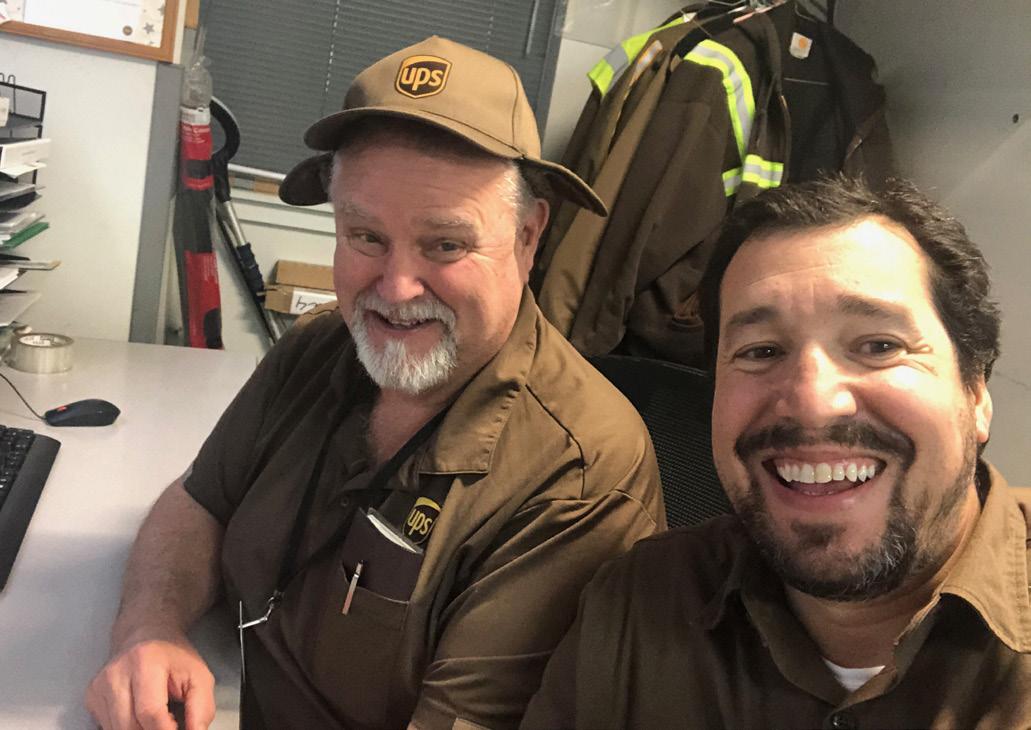



Congratulations!

On your well-deserved retirement.

January Quote: “I wanted to have more time to play and reflect, but I find retirement more stressful than having a nice, steady job because I have to make decisions about where I want to be.”__Walter Cronkite.
